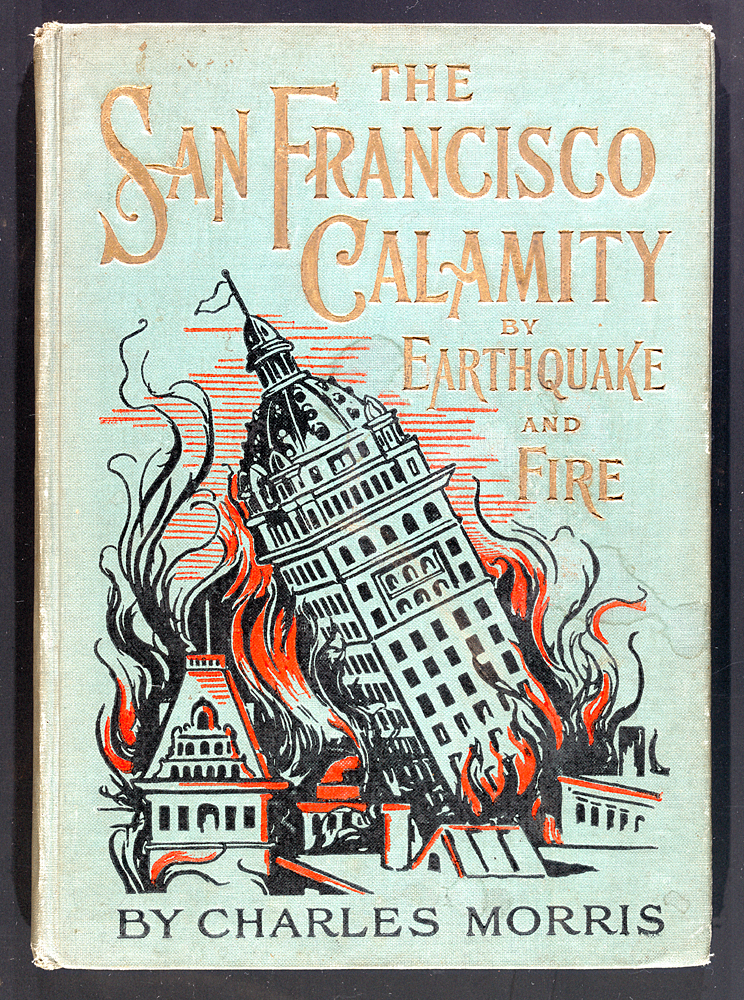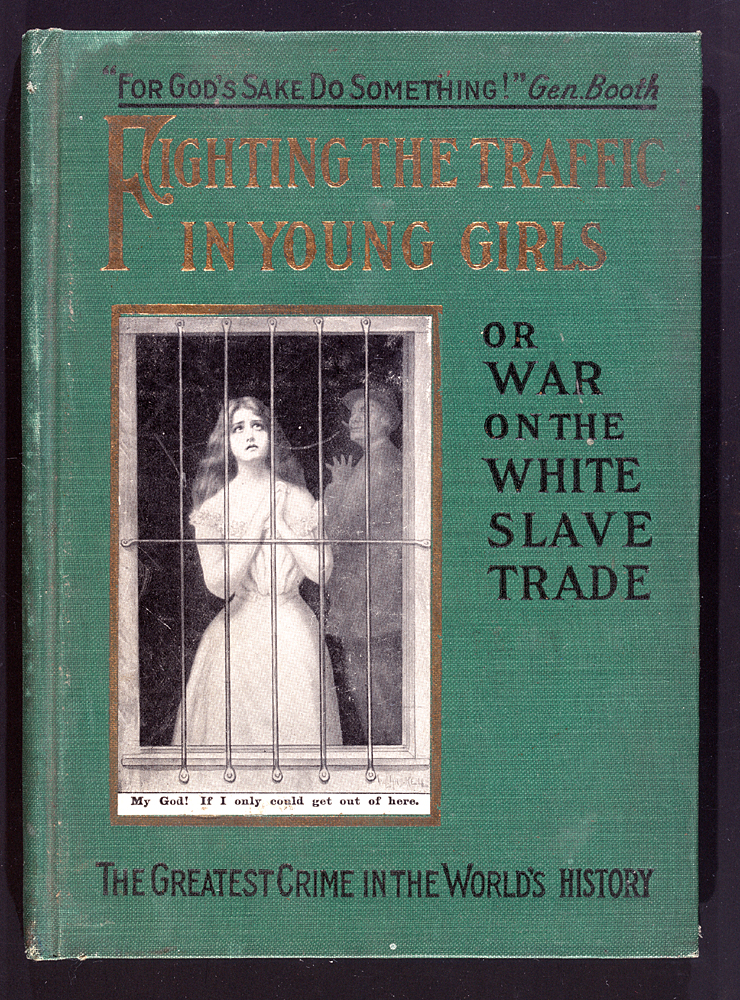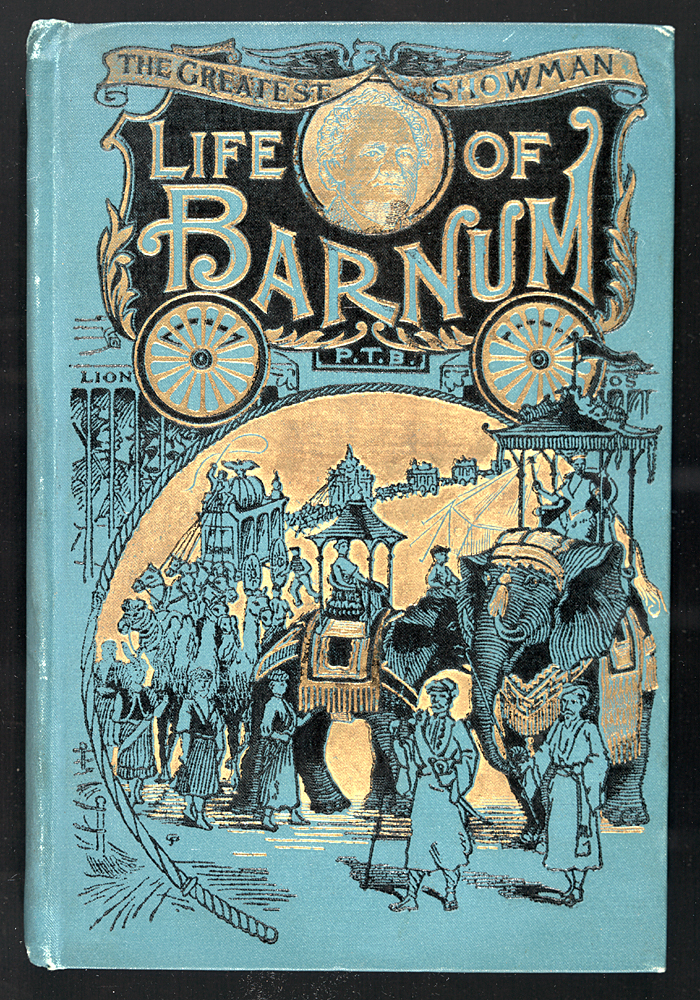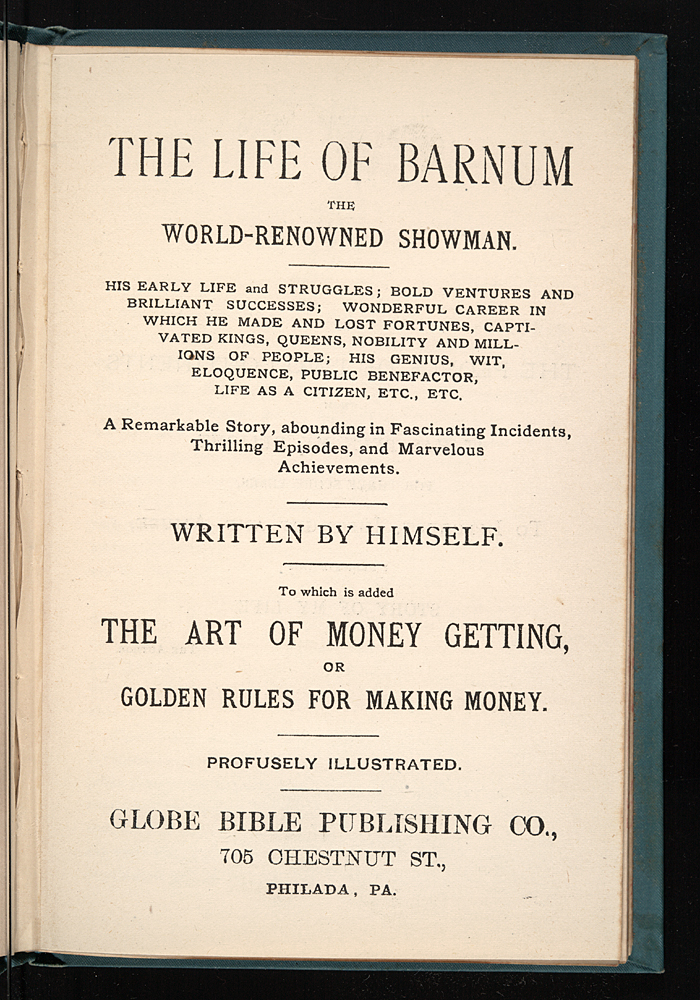Fig. 1: One way to sell works is to concentrate on current events: timeliness is often an enticement to buy. With timely topics, the sooner the work is in print, the greater its audience. Disasters, for one, have always held a fascination for the general reading public. Publications about San Francisco's disasterous earthquake, commemorated by this and several other titles, relied heavily on illustrations to attract buyers. Recently, Americans have had the same experience as publishers have cashed in by commemorating, with lavish illustrations, the 9/11 attacks on the World Trade Center and the Pentagon.
Fig. 2: Frightening people can sometimes work as a successful sales ploy. Both the binding and the "How to sell" brochure employ scare tactics to sell this sensationalizing work on prostitution. The "How to sell" brochure enjoins agents to note "that any man or woman, youth or maiden, if they knew what this book tells them, may be saved from years of sorrow and disgrace." Ignoring its message means that prospective buyers may endanger themselves and their families. The work also attempts to sell itself through the choice of serious authors whose names and affiliations are on the title page to impress prospective buyers. Finally, of course, the thrill of reading about prostitution and international white slave traders, though left inexplicit, is perhaps the greatest sales ploy that undergirds this exploitative publication.
Fig. 3 - Fig. 4: This canvassing book combines the autobiography of a fascinating subject, P. T. Barnum, with an enticing cover, a promising title page, and numerous incidents from his life, profusely illustrated, to create a work sure to pique a prospective buyer's interest. It assumes that we all want to know more about Tom Thumb and the White Elephant.
Which exhibit?
Page: Featured item
Short name for this entry
Topical and Visual A
Order on exhibit page
7
Turn off the details link on the exhibit page
On
Exhibit sub-tab



